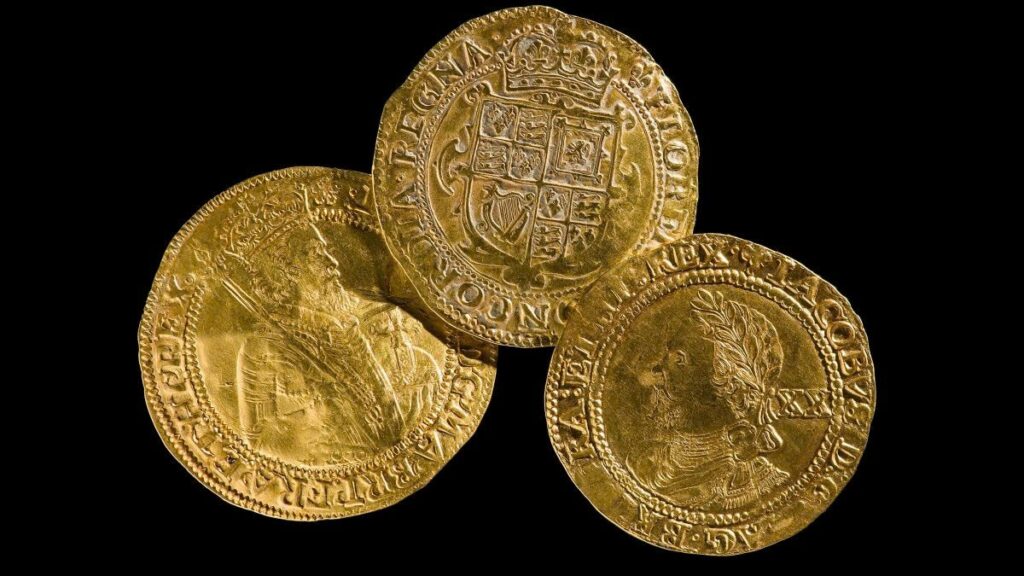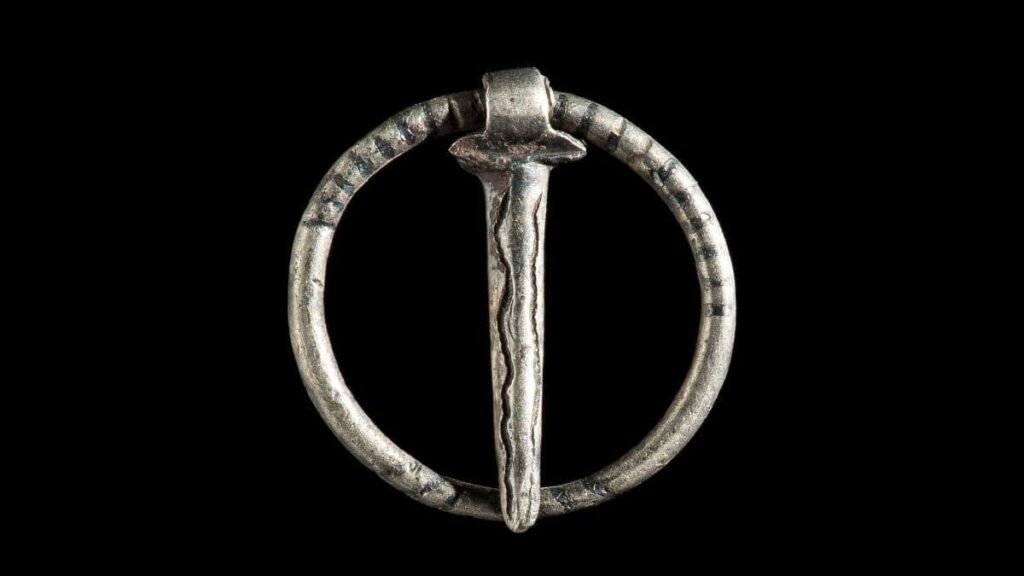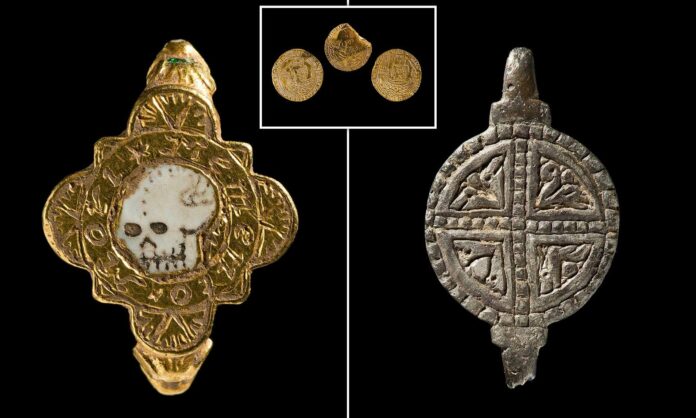Nine Ancient Finds Declared as Treasure

In a remarkable series of discoveries, metal detectorists in Wales have unearthed nine priceless artifacts dating back to the medieval and post-medieval periods. These finds, recently declared as treasure by Assistant Coroner Thomas Atherton, offer a fascinating glimpse into the lives of Welsh upper-class society from the 9th to the 17th centuries.
Highlights of the Discovery

The treasures include:
- A late medieval silver-gilt finger ring (Tregynon, Powys)
- A medieval silver bar-mount (Llancarfan, Vale of Glamorgan)
- A post-medieval gold posy ring (Talgarth, Powys)
- A post-medieval gold finger ring (Carreghofa, Powys)
- A medieval silver annular brooch (Montgomery, Powys)
- A Tudor silver coin hoard (Churchstoke, Powys)
- An early-medieval silver double-hooked fastener (Churchstoke, Powys)
- A 17th-century gold coin hoard (Trefeglwys, Powys)
- A medieval gold coin hoard (Llanwrtyd Wells, Powys)
The Memento Mori Ring: A Chilling Reminder of Mortality

One of the most intriguing finds is a gold ring discovered in Carreghofa by David Balfour. Adorned with a white enamel skull and the Latin inscription “Memento Mori” (Remember you must die), this ring dates back to 1550-1650. Mark Redknap from Amgueddfa Cymru – National Museum Wales describes it as “a rare example of a Tudor or early Stuart memento mori ring with a clear Welsh provenance.”
Medieval Gold Coins: A Glimpse into 14th-Century Wealth

Another significant find is a hoard of three medieval gold coins unearthed in Llanwrtyd, Powys. These “nobles” from the reigns of Edward III and Richard II (1327-1399) represent a substantial sum – equivalent to about 50 days’ wages for skilled tradesmen of the time.
Anglo-Saxon Fashion: The Double-Hooked Fastener

An early medieval silver double-hooked fastener, likely from the 9th century, showcases the fashion and craftsmanship of Anglo-Saxon times. Found in Churchstoke, this piece served both functional and decorative purposes.
Preserving Welsh Heritage

In accordance with Welsh law, these precious artifacts have been reported and handed over to the National Museum of Wales, the primary heritage organization responsible for Welsh treasures. These discoveries continue to enrich our understanding of Wales’ rich historical tapestry.

